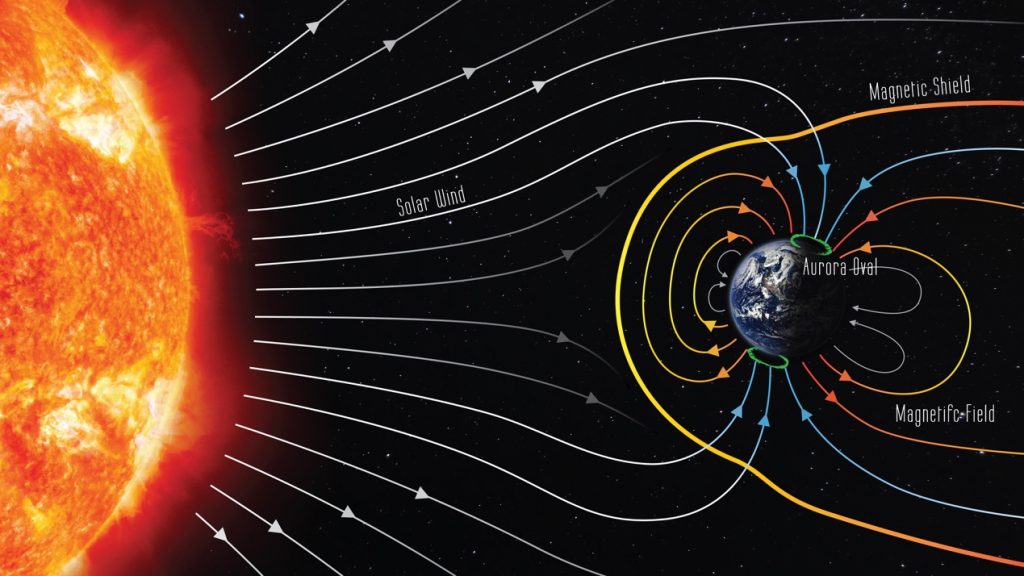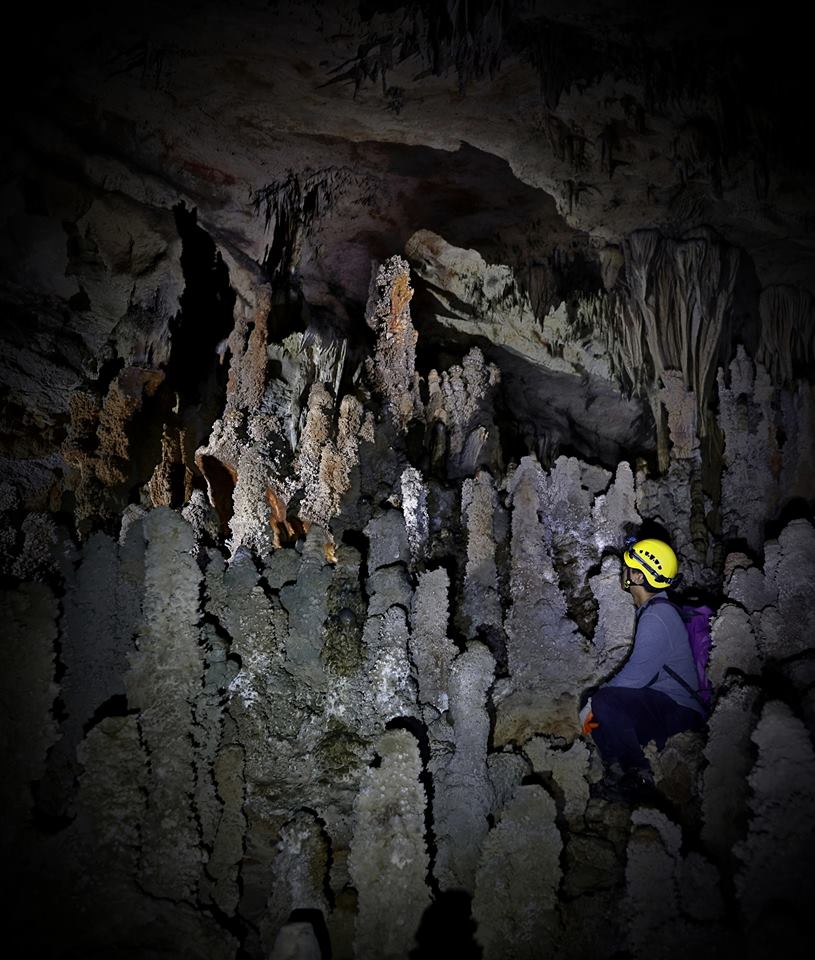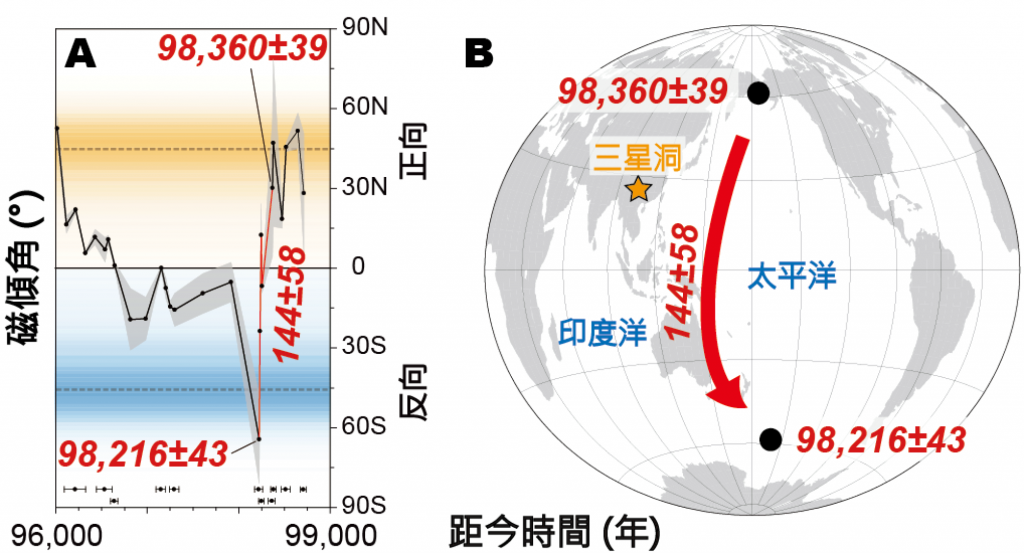Assistant Professor Zhou Youmin from the Marine Magnetics Research Center of the Department of Marine Science and Engineering was published in the Proceedings of the National Academy of Sciences (PNAS, IF=9.504). The results show that the geomagnetic poles were unstable 100,000 years ago and fluctuated from the hundred years to the millennium scale. Especially 98,000 years ago, the geomagnetic field can be completely reversed at the 100-year scale, which may have a major impact on the Earth’s ecological environment.
The research results were written by Zhou Youmin (first author, co-author), SUSTech Professor of Marine Science and Engineering Liu Qingsong and Taiwan University Distinguished Professor Shen Chuanzhou were co-authors on the paper. Researchers from Taiwan Synchrotron Radiation Center, Jianxing University of Science and Technology, Fuzhou Normal University, the Institute of Geology and Geophysics of the Chinese Academy of Sciences, and the Australian National University all assisted with completing the research.
The intensity of Earth’s magnetic field varies continuously and has decreased by 10-15% over the past century, which has led to suggestions of a possible impending reversal. However, the transition time and detailed process of a reversal event have remained elusive even though geomagnetic field reversals were first discovered in igneous rocks a century ago.
The first and co-corresponding author of this study, Dr. Yu-Min Chou, an Assistant Professor in the Department of Marine Science and Engineering, and the research team published their new research results in the internationally renowned journal “Proceedings of the National Academy of Sciences of the United States of America” on August 20, 2018. The team presents a multidecadal-resolved geomagnetic record from a stalagmite collected from Sanxing Cave, southern China. The record is dated at between 91,000 and 107,000 years ago. From a combination of leading-edge U-Th radioisotopic dating with the precision of a few decades and high-sensitivity paleomagnetic analysis on trace amounts of magnetic minerals in the stalagmite, the results reveal details of repeated asymmetric inter-hemispheric polarity oscillations with durations from centuries to millennia. One surprisingly abrupt centennial reversal transition at ninety-eight thousand years ago occurred in just 144 years. This change is ten times more rapid than was previously thought. If such an abrupt event occurred in the future, it could disturb animal navigation and radio communications, and damage satellites, electronic power systems, and the global internet system.
Dr. Zhou Youmin studied at the University of Taiwan and the University of Sage Vintovaz, France, and later worked as a postdoctoral fellow at Taiwan Normal University and Taiwan University. His main research areas are ocean magnetism and mineral rock analysis. At present, the focus is on marine geology and environmental changes, active fault structures, physical and chemical mechanisms of seismic fault activities, and long-term changes in paleomagnetic fields.
The full research article “Multidecadal-resolved polarity oscillations during a geomagnetic excursion” is available on https://doi.org/10.1073/pnas.1720404115



Proofread ByXia Yingying
Photo ByDepartment of Ocean Science and Engineering